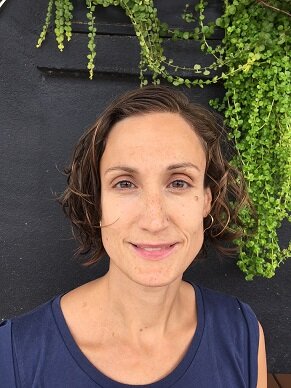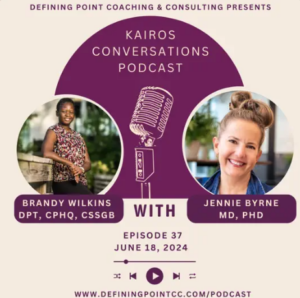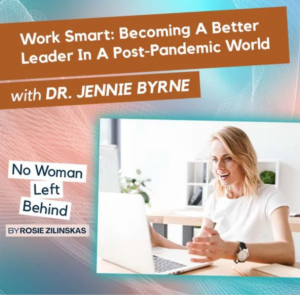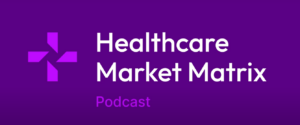The pandemic has impacted all of us in a variety of different ways. Some have been balancing work with caregiving responsibilities including childcare, eldercare or care for differently abled family and friends. Many who live alone found the first few months extremely isolating, while those with family at home, may have experienced both the joys of increased family bonding time as well as the stresses of being together with limited outlets 24 hours a day. As more people are vaccinated, Governor Cooper and Secretary Cohen are working with our state to “bring summer back”.
As we try to bring our lives back, many are re-evaluating their previous life balance to try to identify what changes that were made during the pandemic should be continued and which should be altered. Amongst this for some will be reflecting on the juggling of work-life responsibilities and where energies are best spent at various times in life. Some of the seismic shifts have affected all our members (including temporary or permanent remote work environment, the rapid expansion of telehealth and the increasing mental health impact of the pandemic on our patients), while others have disproportionately impacted many of our female identified members more intensely. Increased hours and attention to at home responsibilities, including remote/hybrid schooling must be balanced with continuing to be the ideal worker, yet there are still only 24 hours in a day.
Impacts on trainees have also been differential with 46% of female medical students reporting an expectation that COVID-19 would have a negative impact on their ability to practice medicine in contrast to 36% of male medical students. Gender gaps in authorship of scholarly papers have broadened with a significant decline in female first and last authorships during the January to June 2020 time period across all fields of medicine. Furthermore, women were disproportionately under-represented in those invited to be on primetime TV during COVID with women as 30% of unique speakers and only 27.6% of the total speaking time.
One area where women are over-represented is in those who have cut back on their paid work, and/or left the workforce during the pandemic. In some settings, the ability to enter and leave
the workforce is easy. However, for those in medicine, there can be major hurdles to re-entry. Thus, it is important to be aware of how stepping out of the workforce for caregiving or other issues could impact physician re-entry. This topic has been written about in detail by the AMA, as well as the American Women’s Medical Association, AAP, and a variety of procedural specialties (Ob-gyn, anesthesiology, and some of the surgical fields), yet neither our professional psychiatric organizations nor the peer reviewed literature have devoted content to the issue of physician re-entry, which is more likely to impact women psychiatrists both early and late in their medical careers.
Many re-entry programs consider prior intensity of practice when evaluating intensity of re-entry expectation, as well as previous areas of practice. This can result in more significant barriers to re-entry for women who temporarily leave the workforce as early career psychiatrists during their childbearing years. The need for re-entry can be avoided by continuing to maintain one’s active medical license, continuing to complete CMEs, and remaining clinically active, whether through reduction to part-time (at 8, 16, 20, or 30 hours per week), per diem work or volunteer work. So, if you are considering taking a break from medicine for any reason, please make sure you know all your options before removing yourself from clinical practice entirely or deciding not to renew your license. Even in a field such as ours, without as many technical aspects, remaining clinically active is important to continuing your future career.
Therese Garrett, MD








